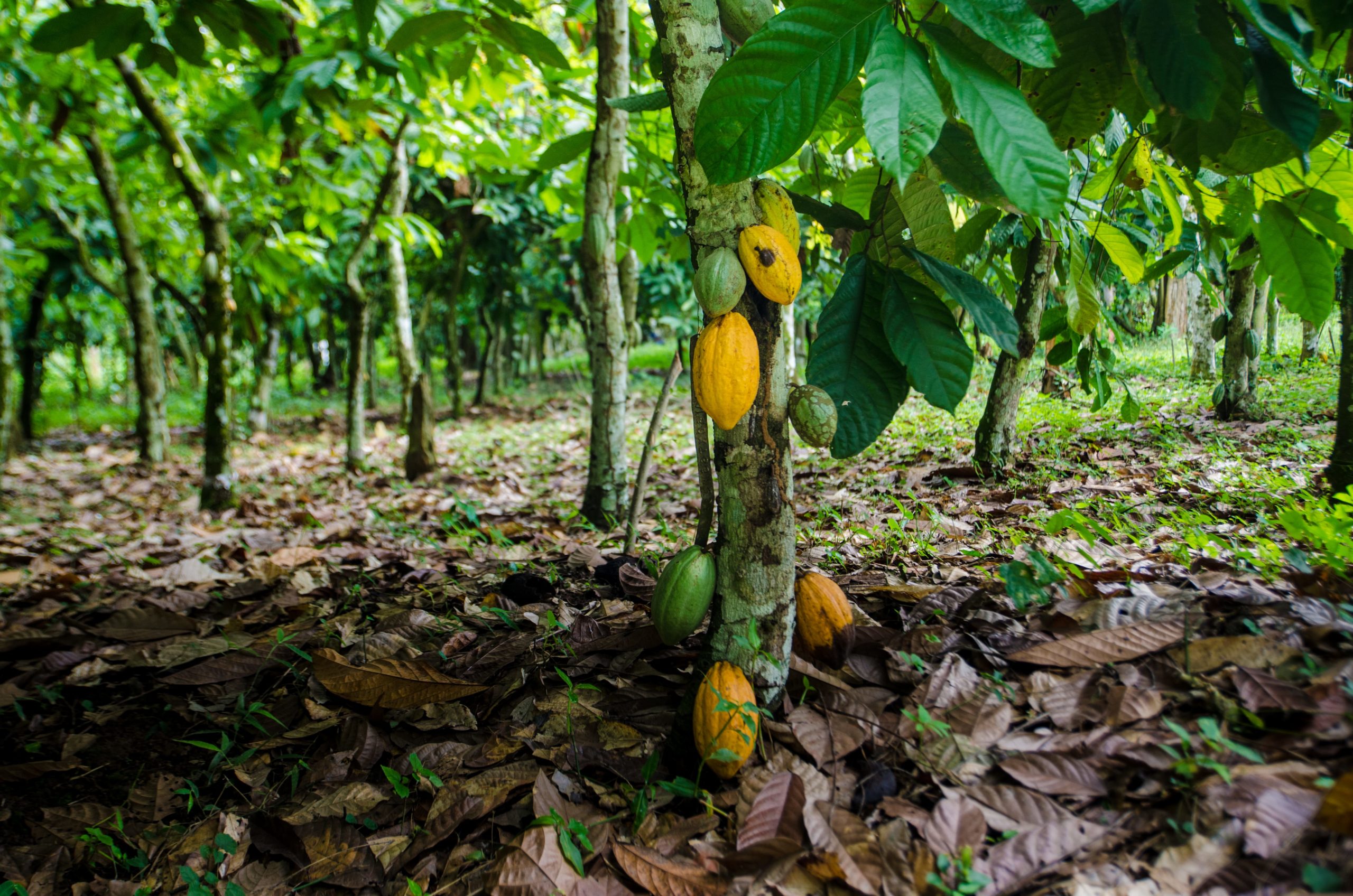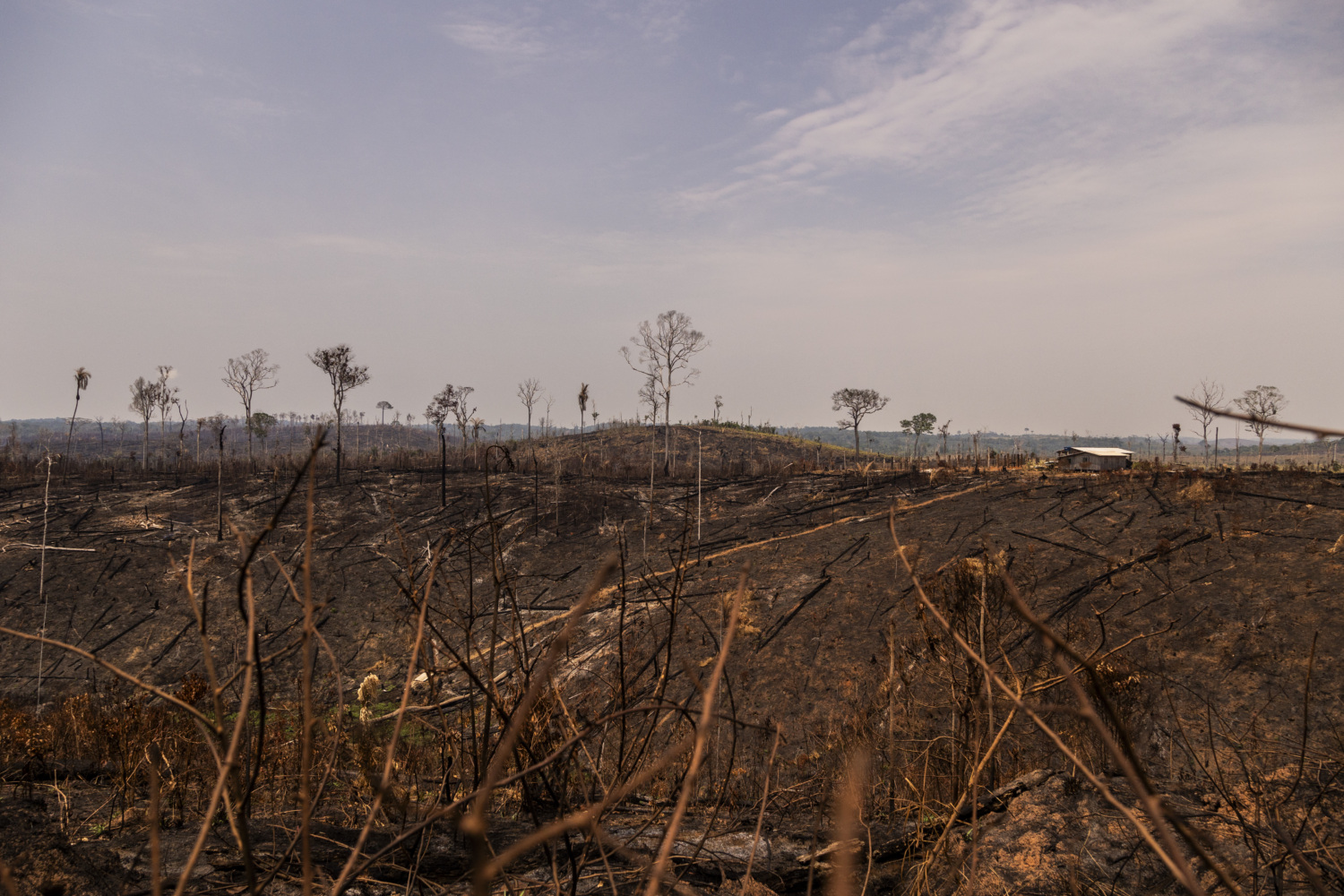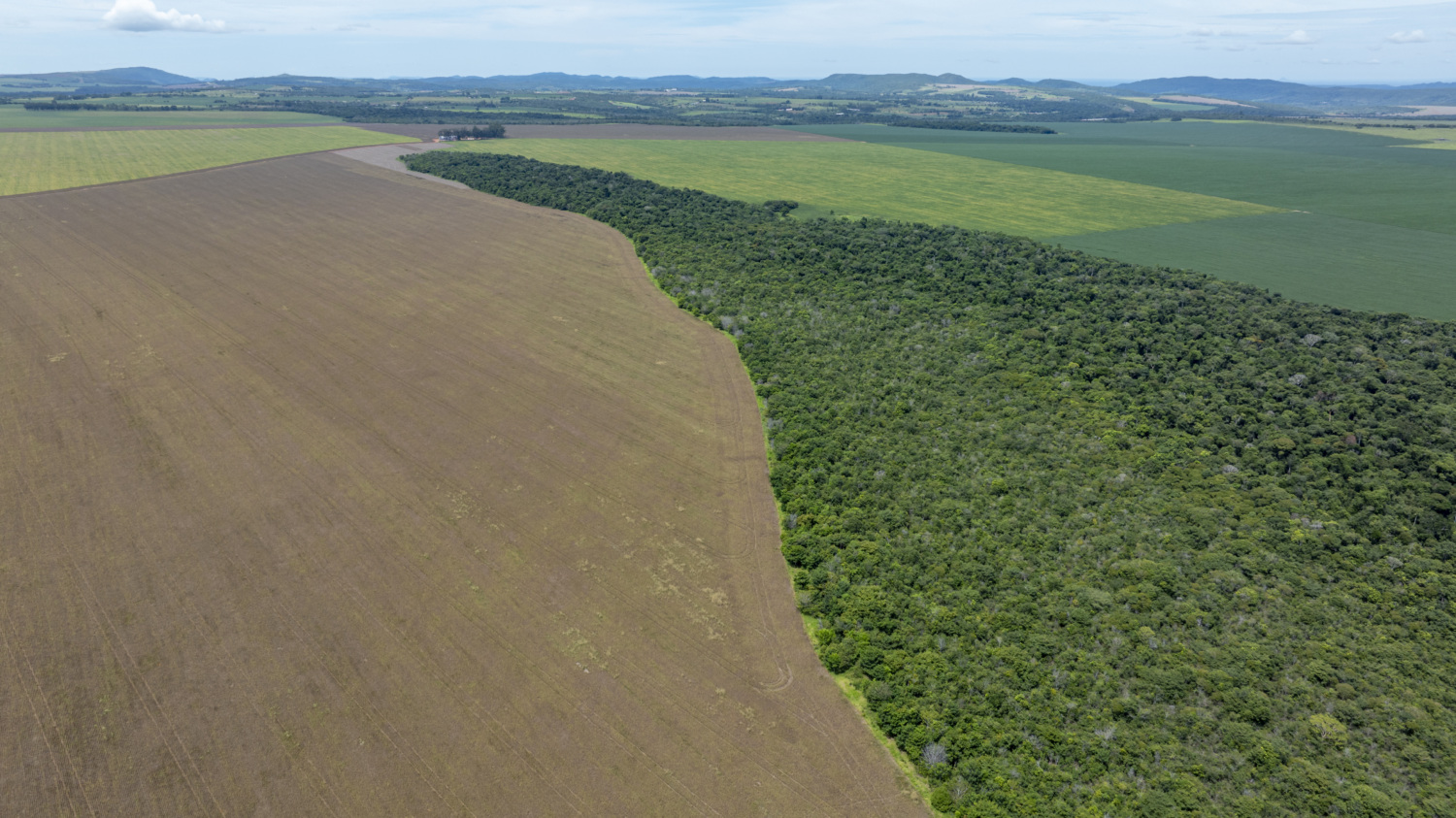
Interactive Map Sets New Standard for Cocoa Transparency and Accountability
For two years now, the cocoa industry and government of Cote d’Ivoire have promised in vain to develop joint monitoring mechanisms, in order to make good on their “Cocoa & Forests Initiative” November 2017 promise of ending deforestation in cocoa. They pledged the “Adoption of a transparent satellite-based monitoring system, the results of which are independently validated, and which provide a deforestation alert, complemented with ground-truthing, as soon as possible upon signature of this Framework, which will be made publicly available for all stakeholders to measure and monitor progress on the overall deforestation target.” This has not happened yet.
Failure to monitor has real impacts. Without data, without knowledge about the problem of forest destruction, without clarity on supply chains, much-needed solutions have remained incomplete or illusory. During the two long years since the Cocoa & Forests Initiative (CFI) came into being and monitoring was promised, many more forests have been lost, with Ghana and Cote d’Ivoire in fact boasting the top two increases in rates of deforestation in the world in 2018. Rather than ending deforestation, these countries in a way became the two world champions in the realm of speeding up deforestation.
A new peak deforestation season is upon us. Every year, in Ghana and Cote d’Ivoire, January through March represents the most dangerous and destructive time of year for forests.
We at Mighty Earth could not let this high-risk season go by without trying to do the basic work of a joint monitoring mechanism, to the best of our ability. The new Cocoa Accountability Map seeks to spark a revolution in traceability and transparency in the Ivorian cocoa industry, in the hopes that this trend of openness will spread throughout the country – the world’s top cocoa producer – and then to Ghana and beyond. Our map combines information about where deforestation is taking place, where cocoa is located, where purchase points called “cooperatives” are located, and who is certifying or buying from those cocoa cooperatives.
Happily, we were not alone. The Ivorian Ministry of Agriculture and Conseil Café Cacao participated by publishing information on thousands of coop locations, names, and contacts. We urge Ghana, Ecuador, Cameroon, and other cocoa-producing governments to take the same bold step.
Moreover, for the very first time, Rainforest Alliance, UTZ, and Fair Trade courageously provided us with information on all Ivorian coops they certified. Indeed, UTZ even provided information on coops that were de-certified. Beyond this, progressive companies such as Lindt, Nestle, Hershey’s, Cemoi, Puratos, Halba, and AlterEco, also published some or all of the coops they source from in Cote d’Ivoire. We call on these actors to deepen their leadership and make this traceability global by publishing all the cocoa coops they source from, directly or indirectly, updated annually, worldwide.
Other companies like Mars and ECOM indicated that they will soon publish the information regarding which cocoa coops they source from in Cote d’Ivoire and beyond. We urge them to do so as rapidly as possible. Forests are being felled for cocoa every passing day in West and Central Africa, Latin America, and Asia, and without the full cooperation of all major cocoa and chocolate companies, impunity will thrive and accountability will be harder to achieve for the sector.
Still more companies have not yet answered one way or the other, such as Ferrero, Mondelez, Olam, or Touton – or like Blommer, which outright refused to participate in this level of transparency on their supply chains. We ask these groups what they are hiding, and call on them to become good corporate citizens and to embrace traceability, now. Every company is needed. Crimes and abuses thrive in opacity, just as solutions thrive in the sunlight.
In addition, Mighty Earth implores all donors currently funding relevant mapping exercises: public money must go to public good. If you are financing satellite providers or analysts currently working on landuse maps or deforestation alerts, their information must be open to the public.
Moreover, we call on all stakeholders in all cocoa-producing countries, whether they be in industry, government, or civil society, to assist Mighty Earth in helping the traceability revolution to flourish. This can become a crowdsourcing exercise in the best sense of the word. Though our map is by no means perfect now, since many elements remain incomplete and we rely on others to provide accurate data, we hope and believe that with more actors coming together to help, it will be possible to continuously improve the map. This map can be handed over for free to parties staffing the long-promised joint monitoring mechanism for Cote d’Ivoire, once it is up and running. Until that mechanism is established, we at Mighty Earth will do our best to continue to work towards accountability and reporting.
A few words about the map itself. First: The deforestation alerts on this map refresh automatically every two weeks. (It will be vital for the Ivorian monitoring system, once it is set up, to step up vigilance during the January – March peak deforestation season, and to prioritize engagement in risky areas near protected areas and near new deforestation alerts.) Second: The land use elements of this map show which crops can be found where. This currently covers one third of the cocoa belt, but will extend to cover all the cocoa belt by around March 2020 (providing useful information not only to the cocoa sector but also to other forest-risk commodities such as palm oil and rubber). Ideally the land use elements of this map will eventually allow for differentiating between full-sun monoculture cocoa vs more earth-friendly shade-grown cocoa, called “agroforestry”. Third: Certification elements of this map are near-complete though they will be reviewed to ensure no errors have been made. Fourth: The map delineates boundaries of national parks amongst other ecologically important areas, and will add in what are considered locally to be “sacred forests” if possible, through community mapping. Fifth: Coop data and supply chain information about which companies is buying from which coops, will be continuously improved, as new information is made available by the government and industry. Together, we will have the ability to transparently monitor and stop deforestation, and ensure that CFI signatories detect where cocoa farms are expanding into forested lands so they can immediately stop it, and remedy the deforestation.
As we move into the future: a successful monitoring system must not only analyze and visualize deforestation/cocoa/supply chain data all the way down to the farm level (which is even further than the coop level), but also engage in field visits, and maintain a system of accountability for wrongdoing where companies and entities involved in buying or selling deforestation cocoa compensate for and remedy harms found in their supply chains. We hope that all deforestation monitoring mechanisms worldwide will also address child labor and human rights issues which often go hand in hand with environmental abuses, and that the mechanisms will be established so that they can easily communicate with each other and share information across databases, with compatible systems.
Several companies are already doing this kind of monitoring for their own supply chains, leading to duplication of efforts and wasted money and time. By acting together and combining forces, we can achieve harmonization, cost-savings, and efficiency in one unified database.
We at Mighty Earth have done the best we could with what we had. We now urge the industry, governments, civil society, and donors to join us, and help move the needle for an even better traceability and transparency revolution in chocolate.


